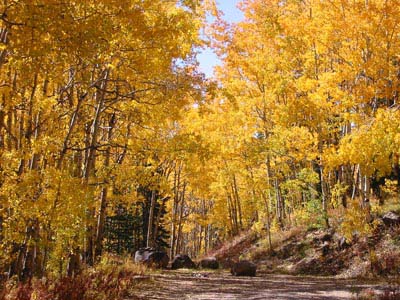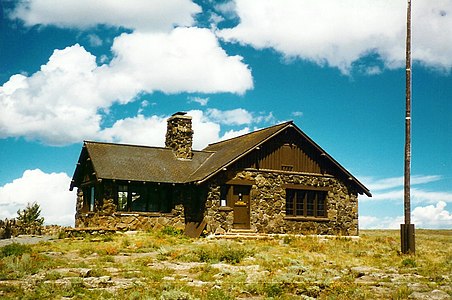Grand Mesa National Scenic Byway
In this article, we will thoroughly explore Grand Mesa National Scenic Byway and its impact on different aspects of society. From its influence on popular culture to its role in the global economy, Grand Mesa National Scenic Byway has been a recurring and relevant topic in recent years. We will analyze how Grand Mesa National Scenic Byway has shaped our social interactions and contributed to the development of new trends. Additionally, we will discuss the challenges and opportunities that Grand Mesa National Scenic Byway presents in the contemporary world, as well as its connection to some of the most pressing issues of our time. Through a multifaceted approach, this article seeks to provide a comprehensive view on Grand Mesa National Scenic Byway and its implications today.
 | |
| Route information | |
| Maintained by CDOT | |
| Length | 63 mi (101 km) |
| Existed | 1991–present |
| Major junctions | |
| Southeast end | |
| Northwest end | |
| Location | |
| Country | United States |
| State | Colorado |
| Counties | Delta and Mesa counties |
| Highway system | |
| |
The Grand Mesa National Scenic Byway is a 63-mile (101 km) National Scenic Byway, National Forest Scenic Byway, and Colorado Scenic and Historic Byway located in Delta and Mesa counties, Colorado, USA. The byway traverses Grand Mesa, the most extensive flat-topped mountain on Earth, and reaches an elevation of 10,849 feet (3,307 m). The byway comprises Colorado State Highway 65 from Cedaredge to Interstate 70 Exit 49 and Forest Service Road 100 to the Land's End Observatory.
Route
Gallery
-
Aspen in autumn color change on the Grand Mesa National Scenic Byway
See also
Notes
References
- ^ "Grand Mesa". Colorado Department of Transportation. 2021. Retrieved March 28, 2022.
- ^ "Grand Mesa Scenic and Historic Byway". America's Scenic Byways. Retrieved April 7, 2022.
External links
KML is not from Wikidata





